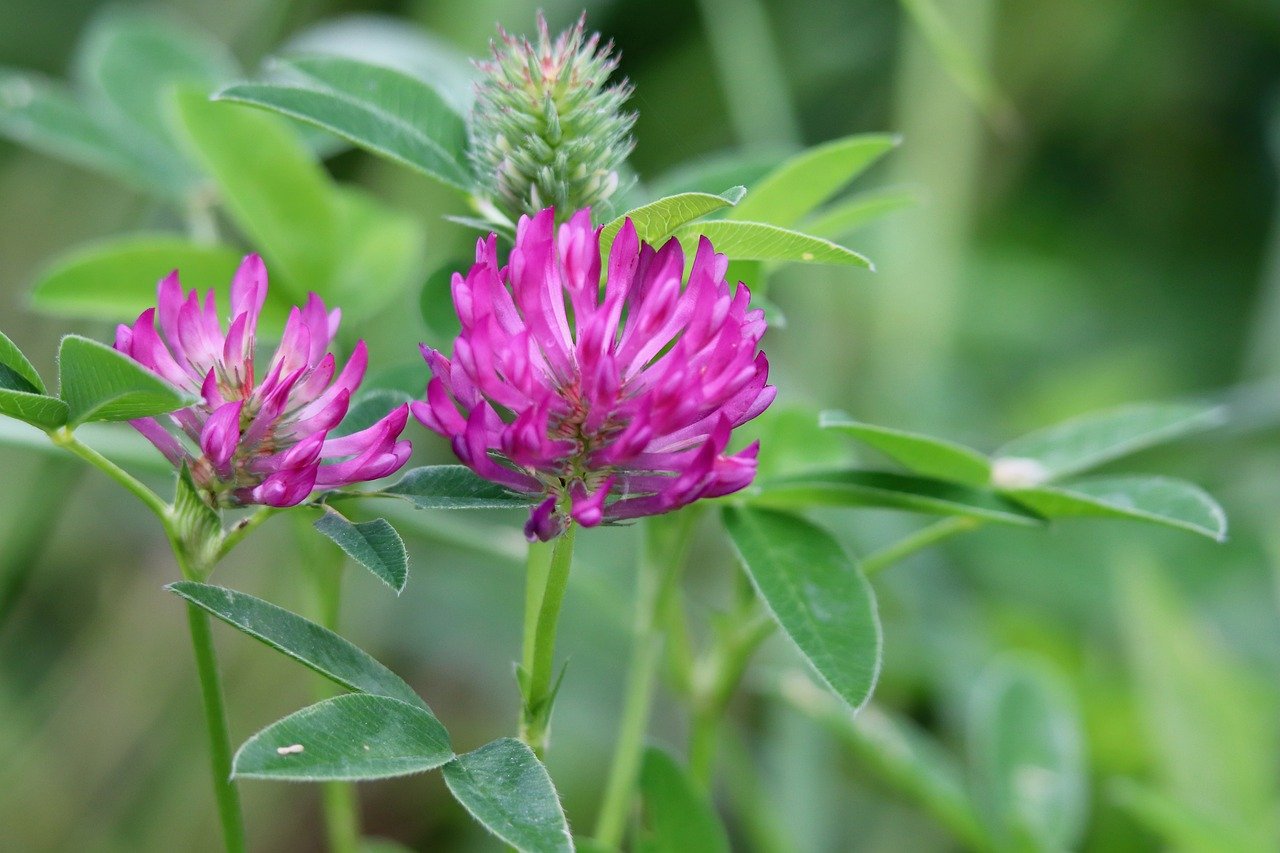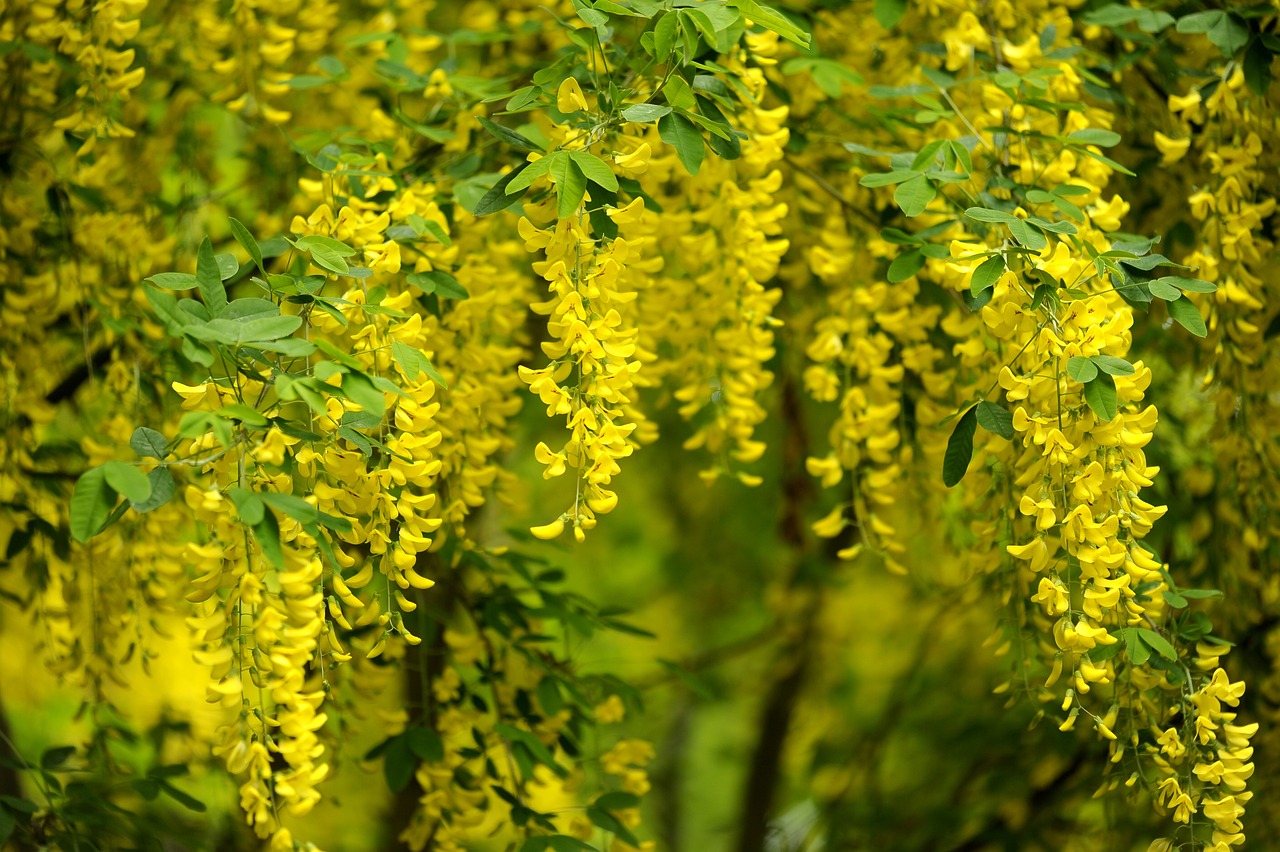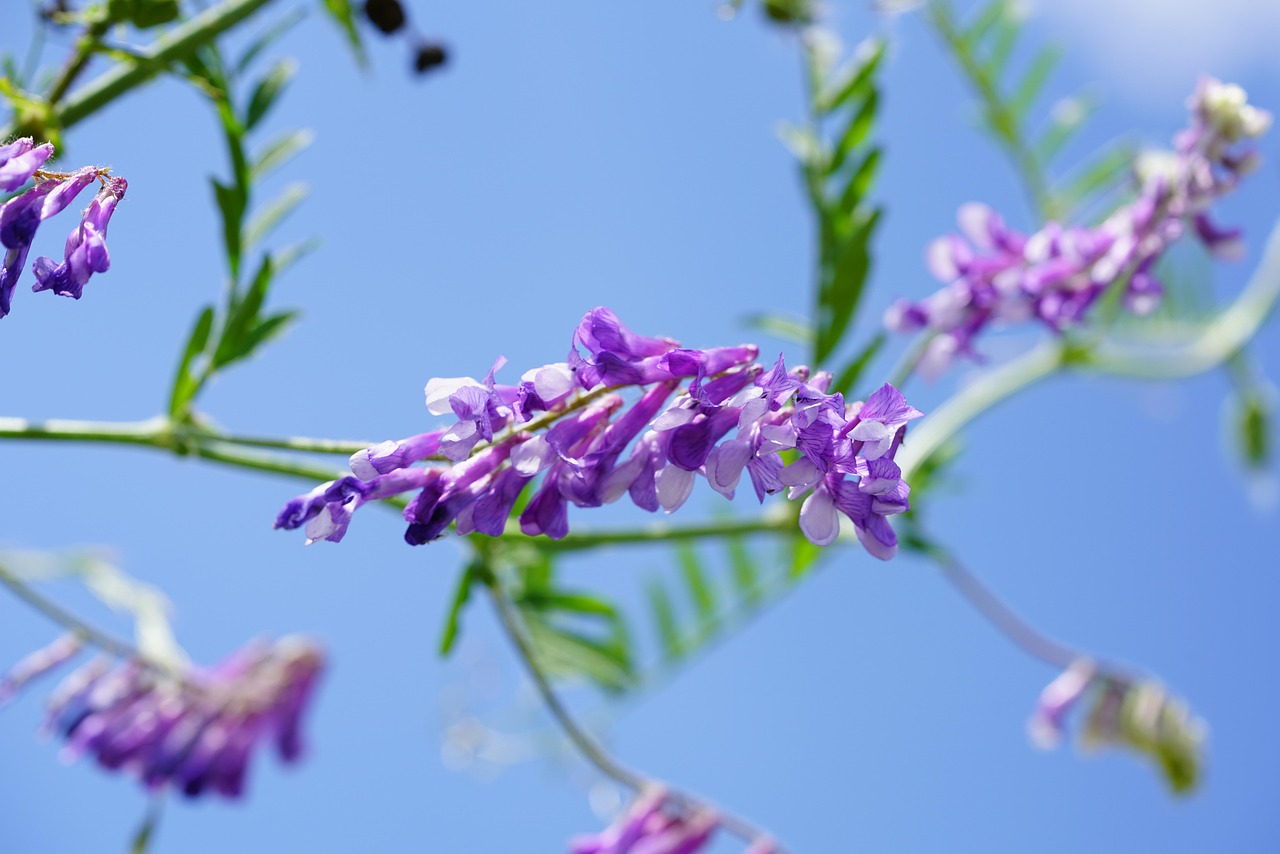Erythrina crista-galli | A Fiery Red Symbol of Freedom in Latin America
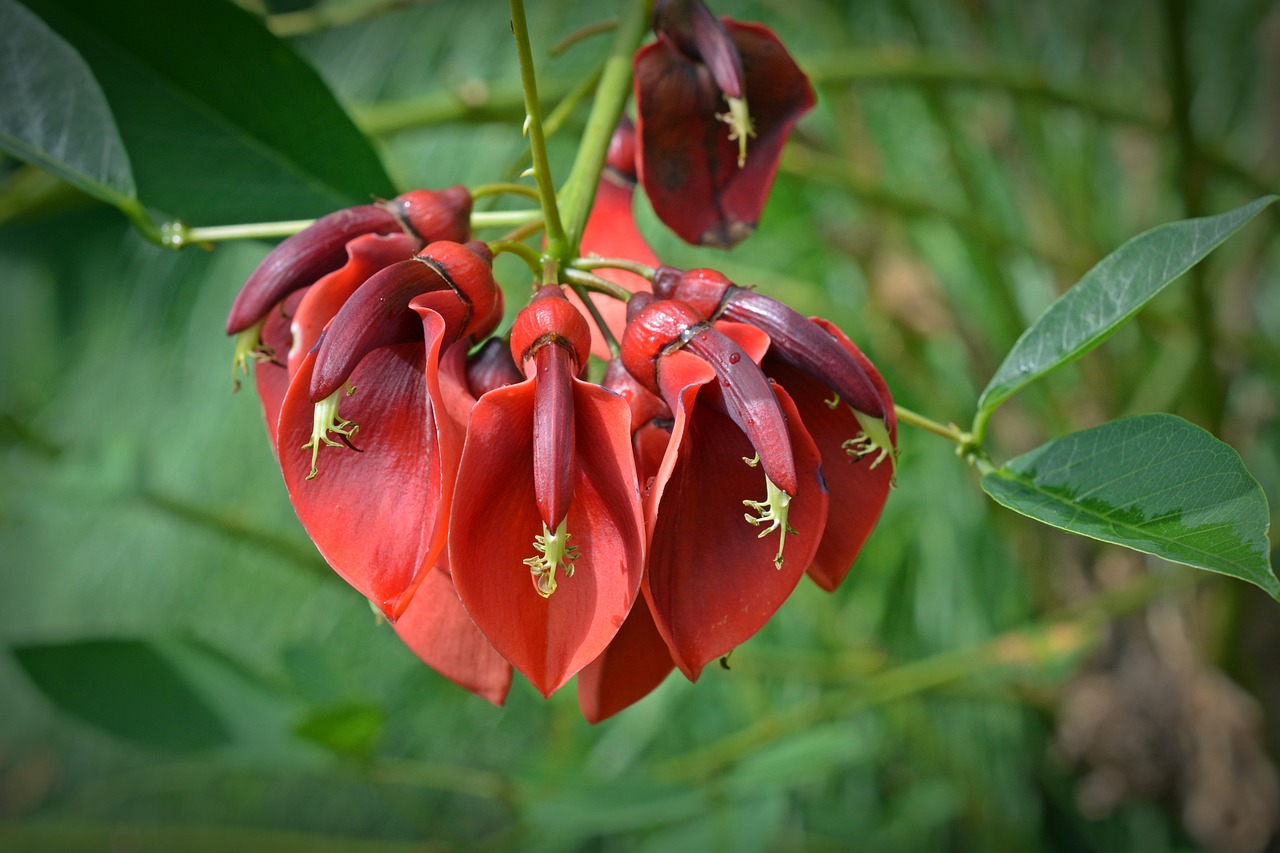
The Erythrina crista-galli, commonly known as the Cockspur Coral Tree, is a tropical tree distinguished by its vivid red flowers. I introduce it here as a symbolic tree that brightens gardens and parks with its striking presence.
Its flamboyant blossoms, often called the “coral tree,” are especially popular for evoking a vibrant, exotic atmosphere.
In this article, I will present the basic information on the Erythrina crista-galli, its cultural and historical background, as well as key points for cultivating it successfully.
Basic Information
- Scientific name: Erythrina crista-galli
- Family: Fabaceae
- Origin: South America (Brazil, Argentina, Uruguay, Paraguay)
- Appearance: This tree generally grows 3–5 meters tall, but mature specimens can exceed 10 meters. The bright red blossoms are large, forming the typical butterfly-shaped flowers of the legume family. The deep green pinnate leaves give the entire tree a tropical character.
- Flowering season: Spring to summer, and in some regions until autumn, creating a beautiful landscape in tropical and subtropical gardens.
Cultural Significance Worldwide
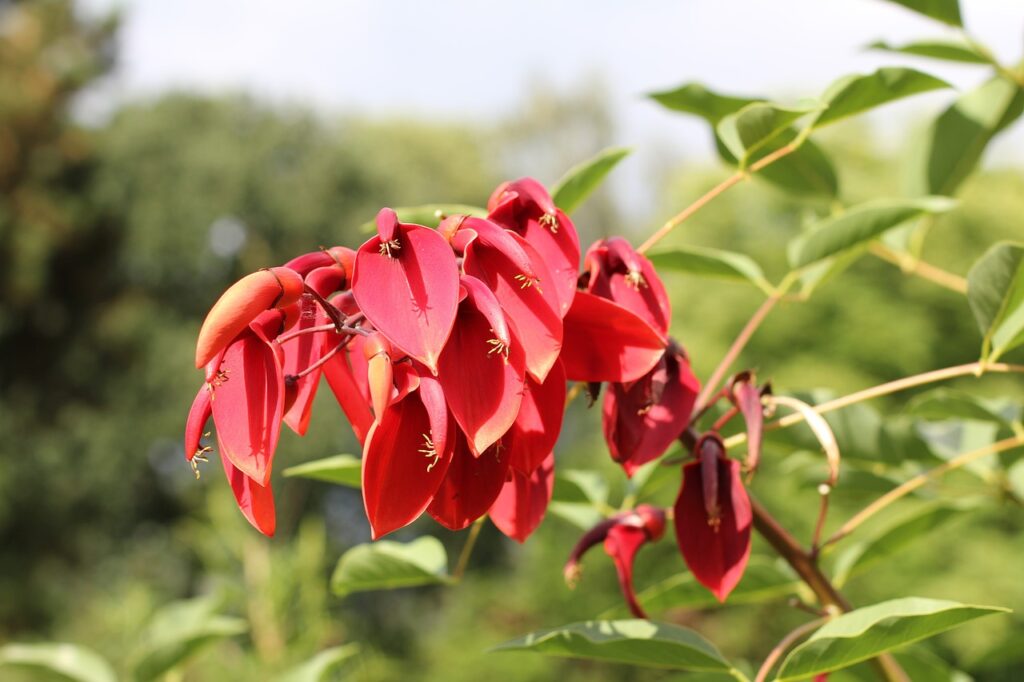
The Erythrina crista-galli holds deep cultural significance in South America.
In Argentina and Uruguay, it is designated as the national flower and is locally known as “Ceibo.” It is also revered in indigenous traditions as a symbol of courage and vitality.
Thanks to its beauty, this plant is cultivated worldwide as an ornamental tree, often used for streets and gardens in tropical regions. Its flaming red blossoms are associated with passion, giving the tree a central place in Latin American culture.
Historical Episodes
The Erythrina crista-galli became known in Europe in the 16th century, when Spanish explorers introduced it from the New World. It was soon cultivated in the gardens and greenhouses of the nobility, and later spread to Asia and Oceania.
Its designation as the national flower of Argentina and Uruguay is linked to local legends, in which the plant symbolizes freedom, bravery, and the spirit of resilience in the face of adversity.
Thus, the Erythrina crista-galli is more than just an ornamental plant—it is deeply connected to the history and culture of the regions where it grows.
Gardening Advice
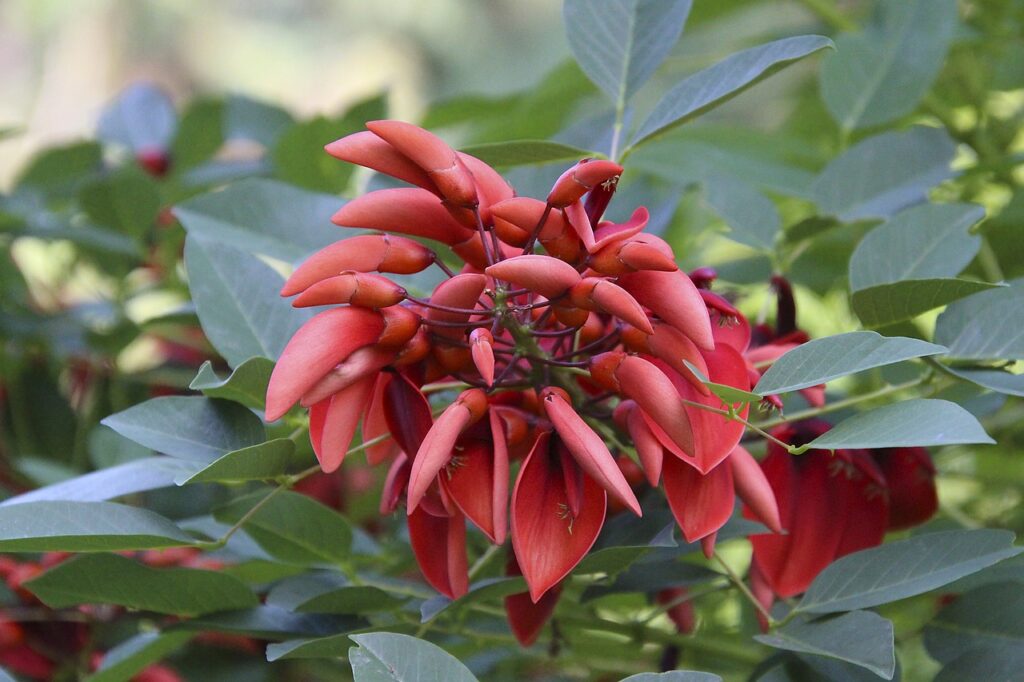
Sunlight
Prefers full sun. Exposure to direct sunlight ensures healthy growth and vivid flowering.
Watering
Requires moderate watering during the growing season. Water generously when the soil becomes dry, but avoid excessive moisture that could cause root rot.
Soil
Thrives in fertile, well-drained soil. It can adapt to sandy soil, but grows better with nutrient-rich conditions. Mixing compost or leaf mold before planting is recommended.
Fertilizer
Apply a phosphorus-rich fertilizer once a month during the flowering season to enhance blooming. Avoid excessive nitrogen, which encourages leafy growth at the expense of flowers.
Pruning
Prune during the dormant season in winter to encourage flowers in the next cycle. Remove old or unnecessary branches to improve shape and stimulate new growth.
Cold resistance
As a tropical species, it is vulnerable to frost. In colder climates, it is best grown in containers for easy relocation, or protected indoors during winter.
Conclusion
The Erythrina crista-galli is a tree that instantly transforms a garden or park with its radiant red blossoms and tropical atmosphere.
With proper care, it will reward you each year with its spectacular flowers. I recommend adding this magnificent tropical plant to your garden to enjoy its vibrant beauty.

